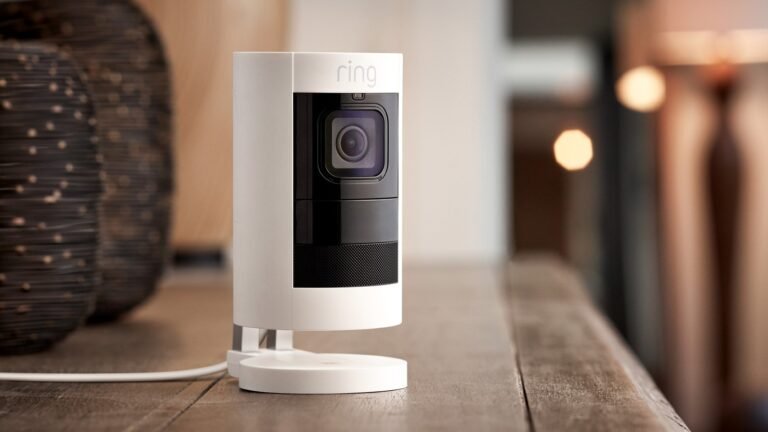Summary Points
-
Backend Bug Explanation: Ring claims a backend update bug is causing customers to see unauthorized devices logged into their accounts, specifically showing false login dates from May 28, 2025, rather than indicating a security breach.
-
Customer Skepticism: Many users are skeptical, reporting unknown devices and unusual IP addresses that raise concerns about actual unauthorized access, contradicting Ring’s assertion that these are simply prior logins.
-
Persistent Issues: Despite Ring’s claims, customers continue to experience problems like seeing live activity when the app is not accessed, and a lack of security alerts for new logins, suggesting more than just a display bug.
- User Actions Advised: Ring users are advised to review their Authorized Client Devices, remove unrecognized entries, change passwords, and enable two-factor authentication to enhance account security amidst these concerns.
What’s the Problem?
On May 28th, a significant number of Ring customers reported unauthorized devices appearing on their accounts, prompting widespread concern about potential hacking incidents. Ring attributed these alarming incidents to a backend update bug that erroneously displayed login information, with many entries inaccurately timestamped as May 28, 2025. In their Facebook post and status updates, Ring emphasized that there is no evidence suggesting unauthorized access, yet skepticism abounds among users who claim to see unfamiliar devices and IP addresses from locations they have never visited.
The situation intensified as customers expressed frustration over Ring’s insistence that this was merely a software glitch, rather than outright acknowledgment of a potential breach. BleepingComputer, a tech news outlet, reached out to Ring to clarify the situation and address user concerns. Users are advised to review their device authorization histories, promptly remove any unrecognized devices, and enhance their account security by changing passwords and enabling multi-factor authentication. The unfolding events have cast doubt on Ring’s transparency, leaving customers feeling vulnerable amid the chaos of what they perceive to be a significant security lapse.
Potential Risks
The recent backend update bug reported by Ring, which has caused an unprecedented surge of unauthorized devices appearing on customer accounts, poses significant risks not only to its users but also to other businesses and organizations interconnected through digital ecosystems. This situation engenders a palpable sense of distrust among users, prompting them to question the overall security and integrity of connected devices—an existential concern for any enterprise reliant on consumer confidence. Should similar vulnerabilities manifest in other companies, repercussions could cascade through supply chains, affecting everything from customer relations to compliance with regulatory frameworks. As organizations increasingly integrate IoT devices into their operational infrastructure, any perceived lapse in security can diminish brand reputation, complicate partnerships, and incite loss of business, underscoring the critical importance of robust, transparent security protocols and responsive communication strategies in mitigating potential fallout.
Possible Next Steps
In a digital landscape fraught with vulnerabilities, prompt remediation is paramount to safeguarding user trust and data integrity, especially in the wake of alarming reports like those from Ring regarding suspicious logins.
Mitigation Steps
- Enforce multi-factor authentication
- Conduct thorough security audits
- Analyze login anomalies
- Educate users on phishing
- Update software regularly
- Implement account lockouts after breaches
- Establish incident response protocols
NIST CSF Guidance
The NIST Cybersecurity Framework emphasizes the necessity of continuous monitoring and rapid response to potential threats. For a deeper understanding of practical implementation, refer to NIST SP 800-53 for security controls tailored for such scenarios.
Advance Your Cyber Knowledge
Stay informed on the latest Threat Intelligence and Cyberattacks.
Learn more about global cybersecurity standards through the NIST Cybersecurity Framework.
Disclaimer: The information provided may not always be accurate or up to date. Please do your own research, as the cybersecurity landscape evolves rapidly. Intended for secondary references purposes only.
Cyberattacks-V1

